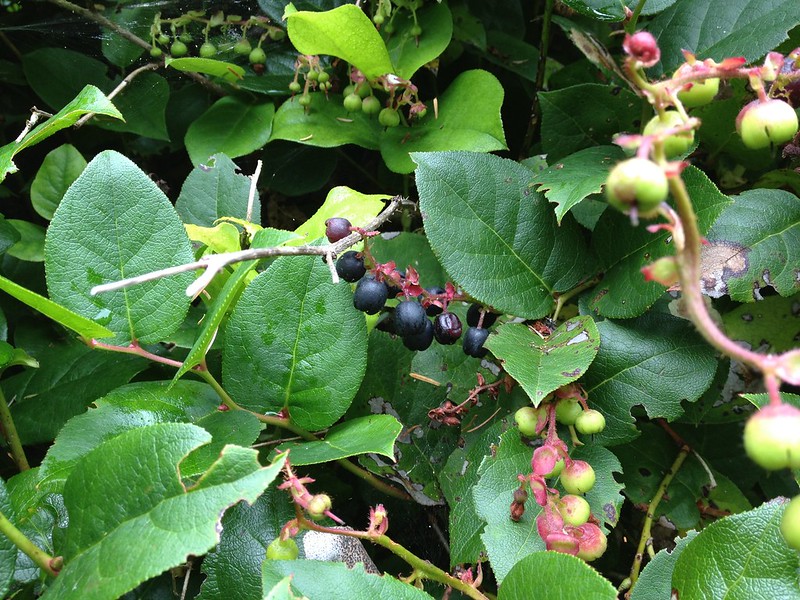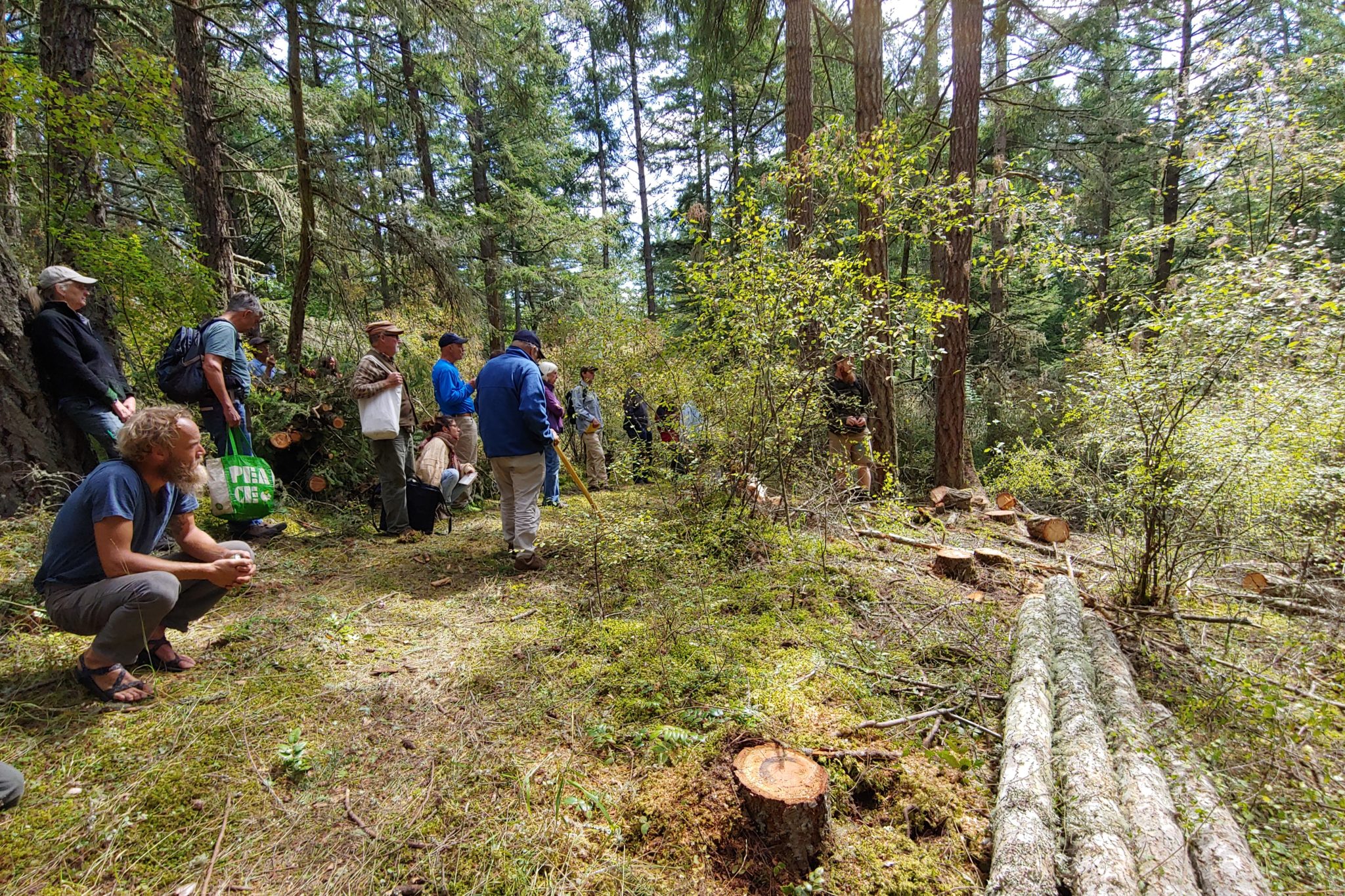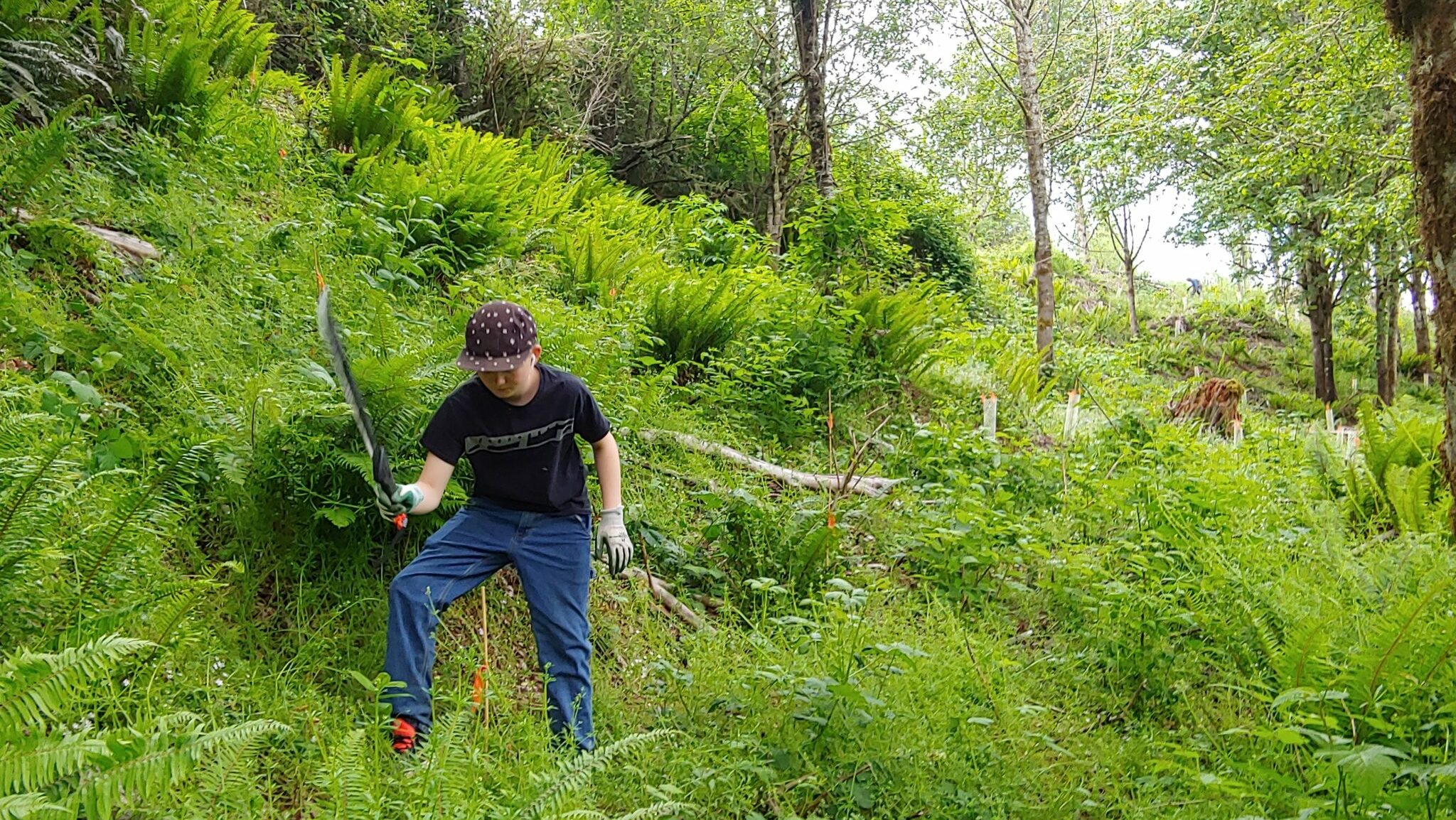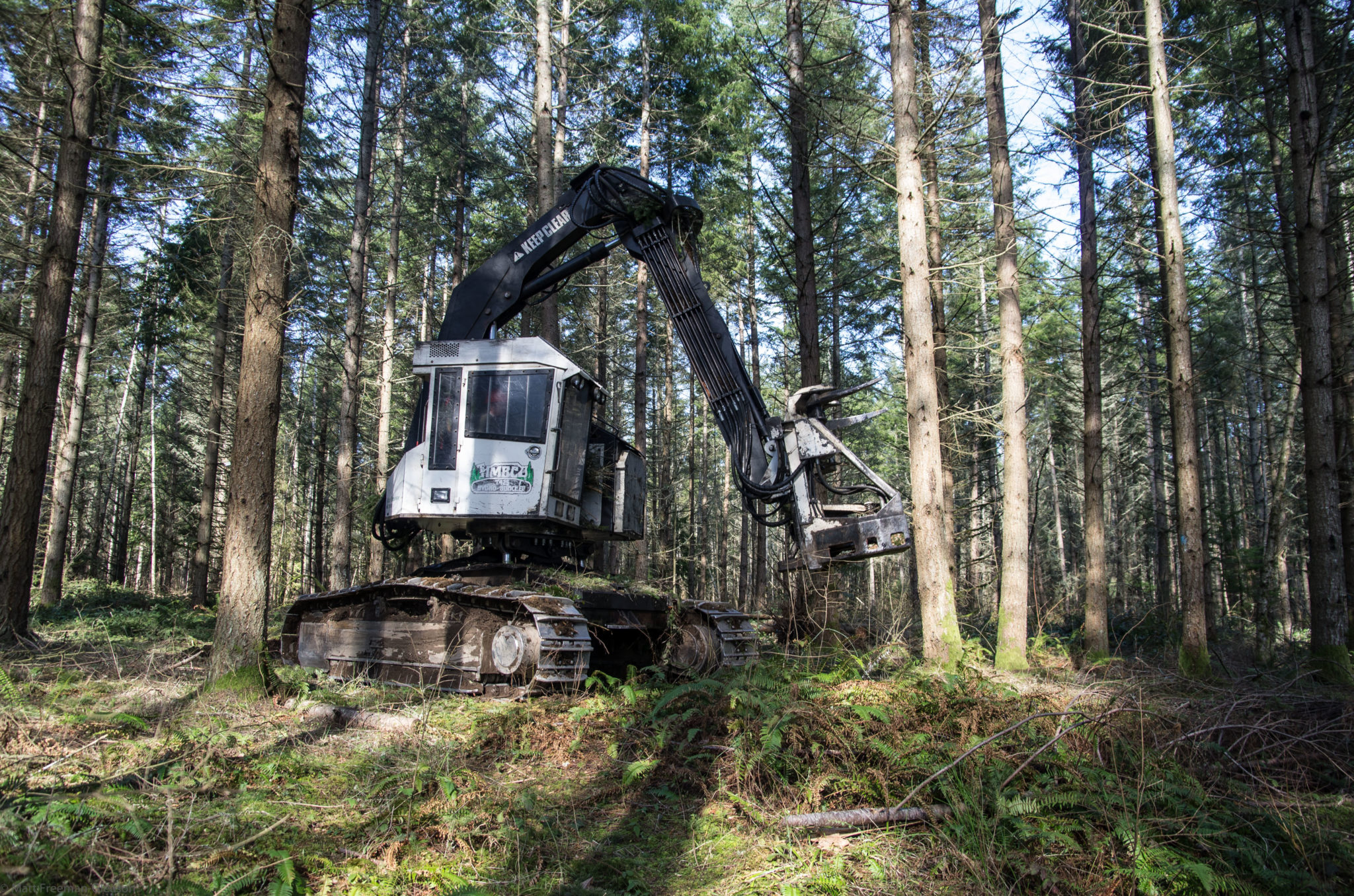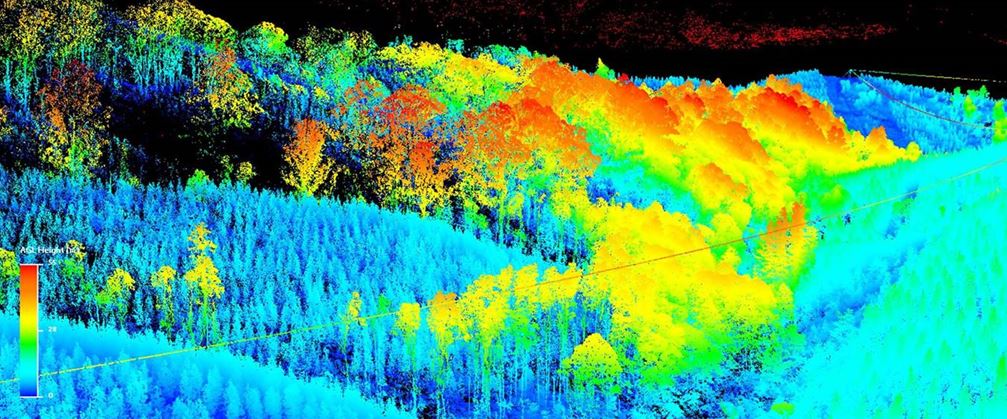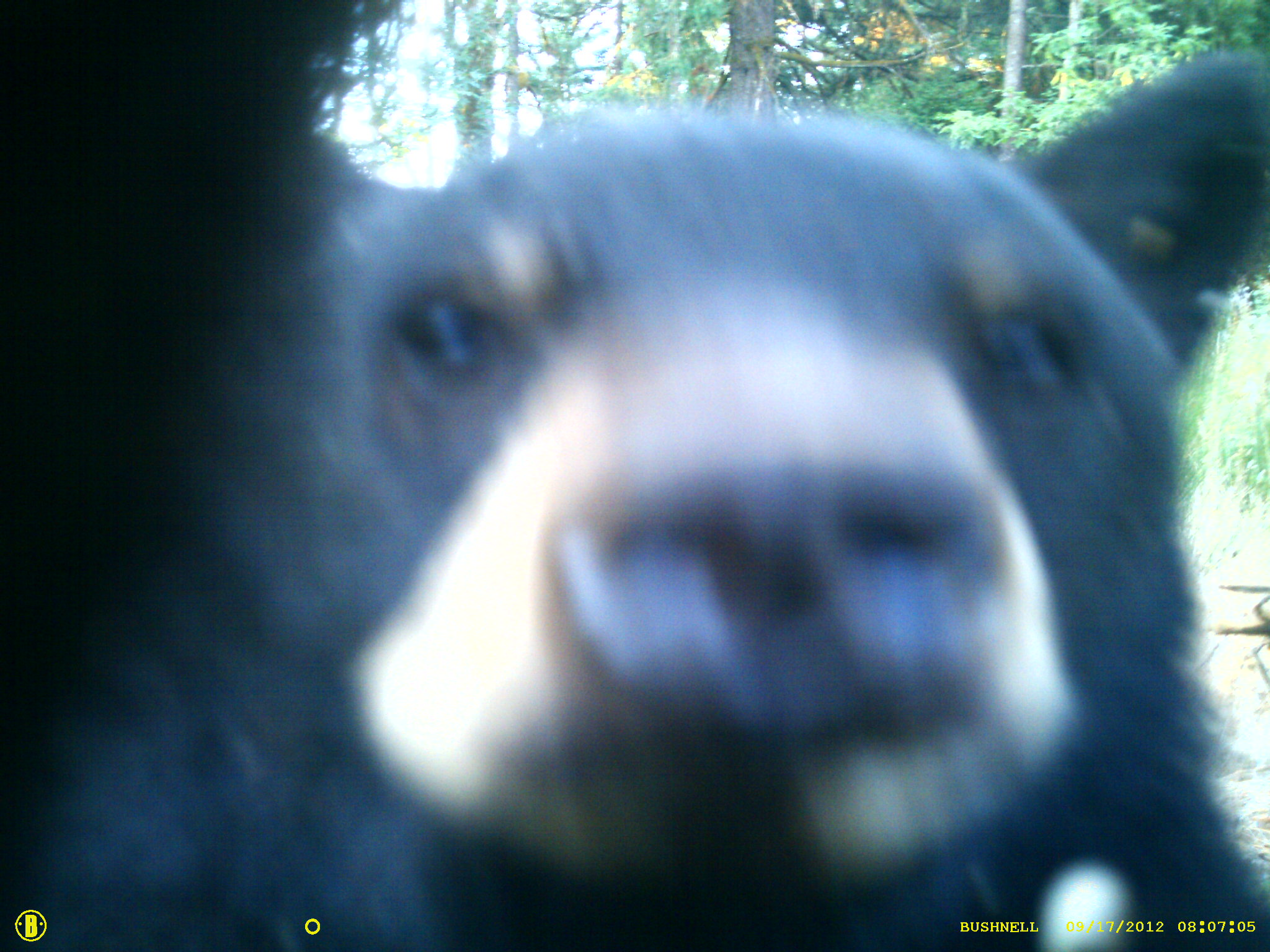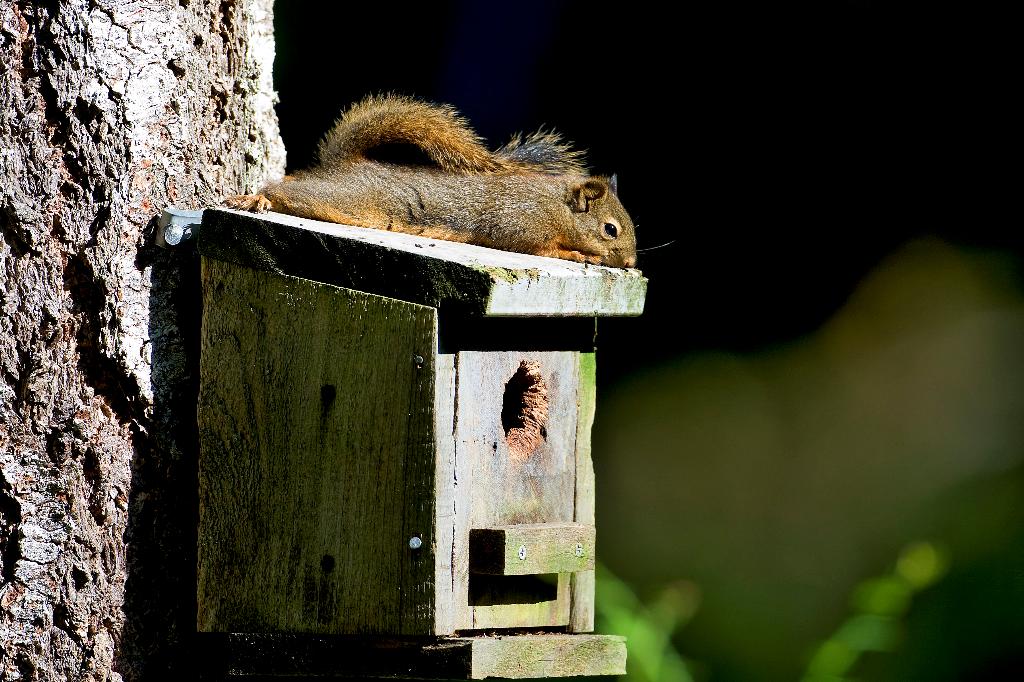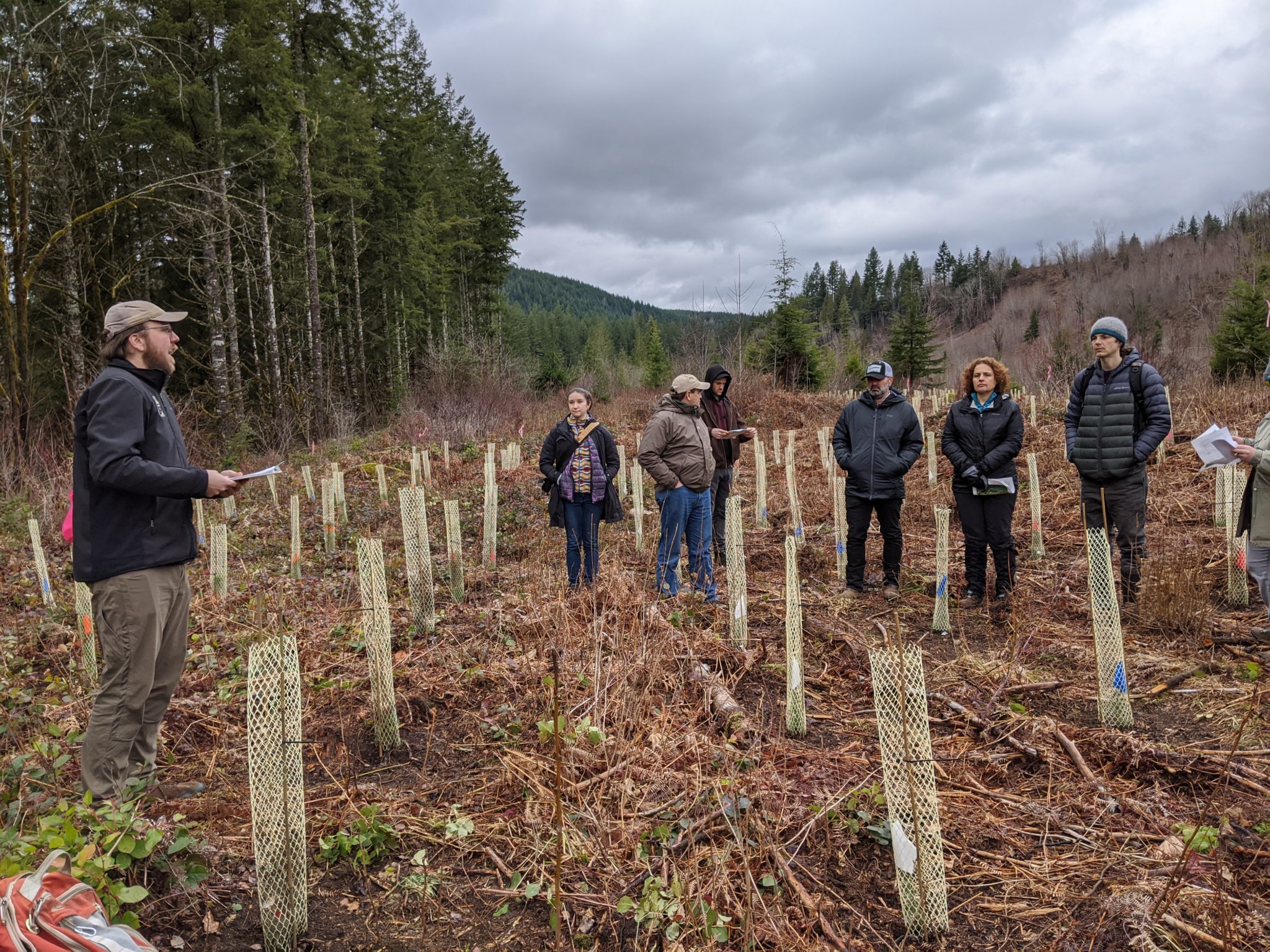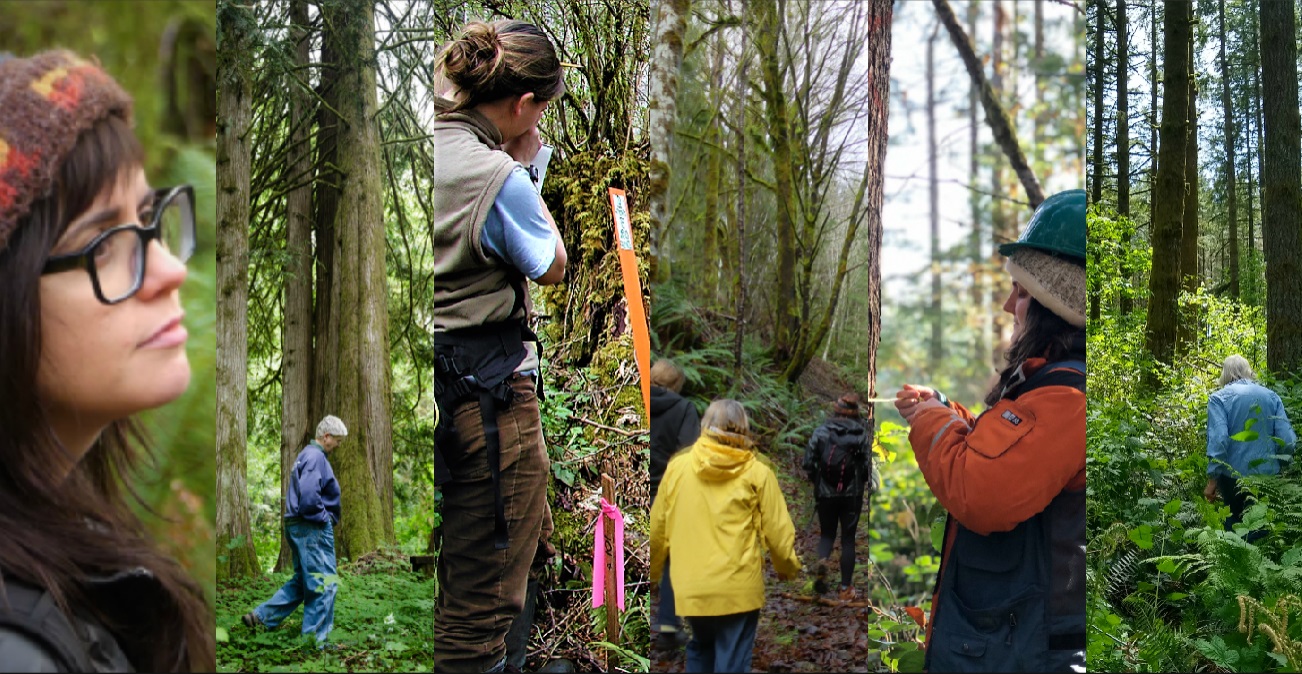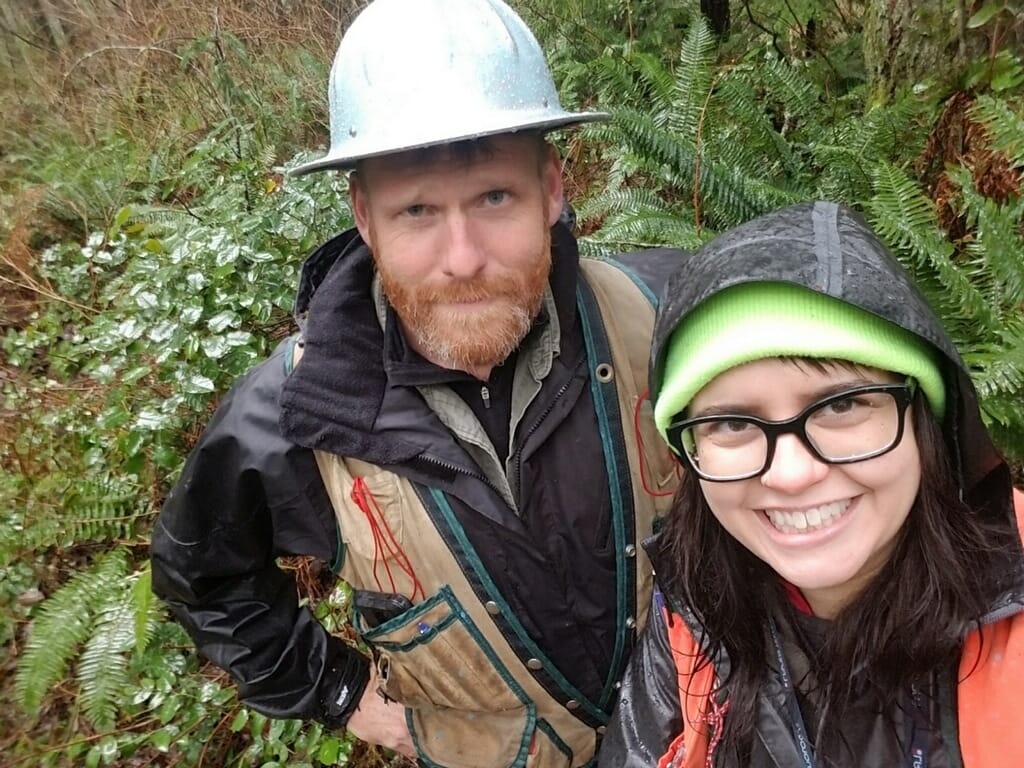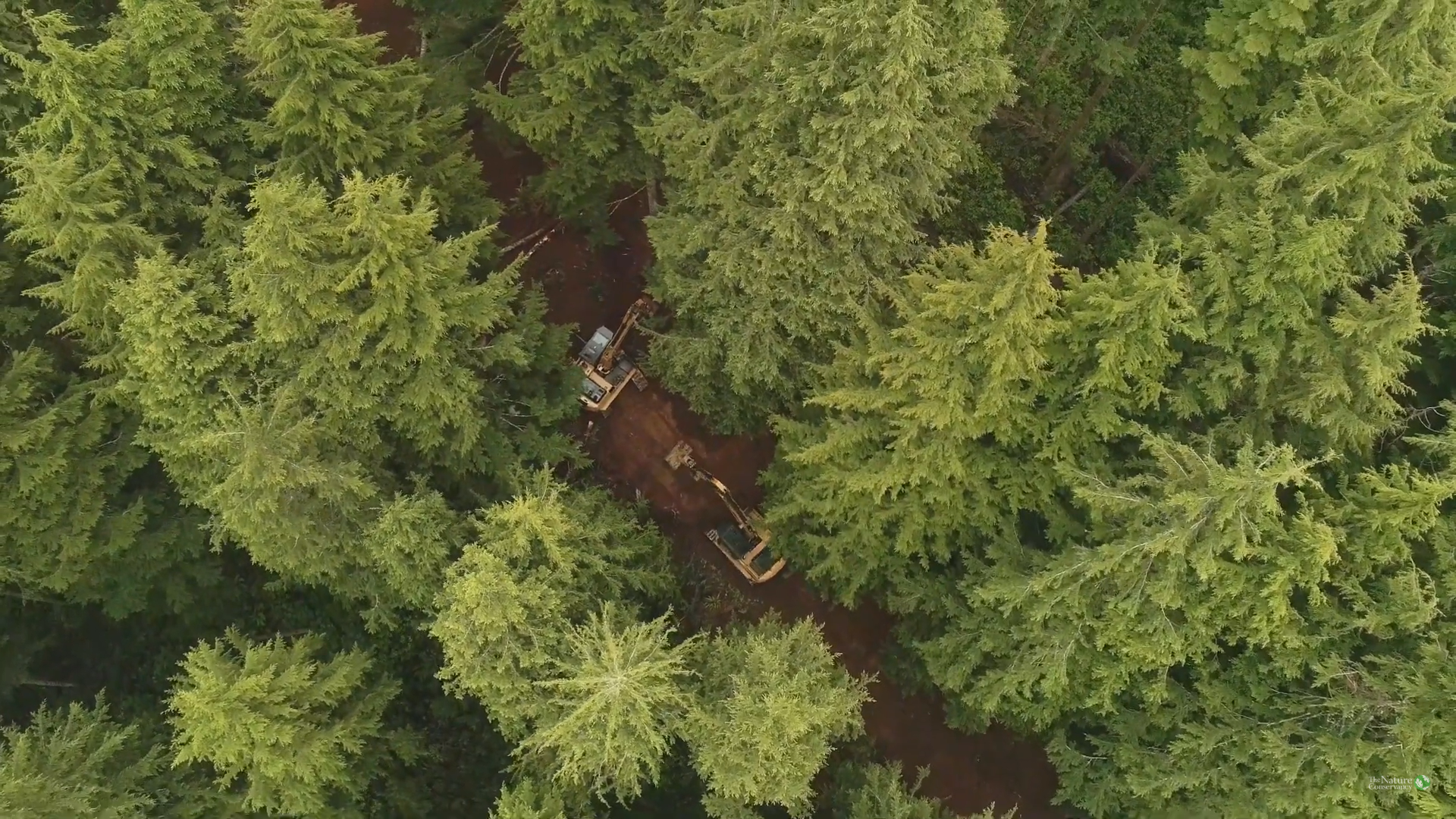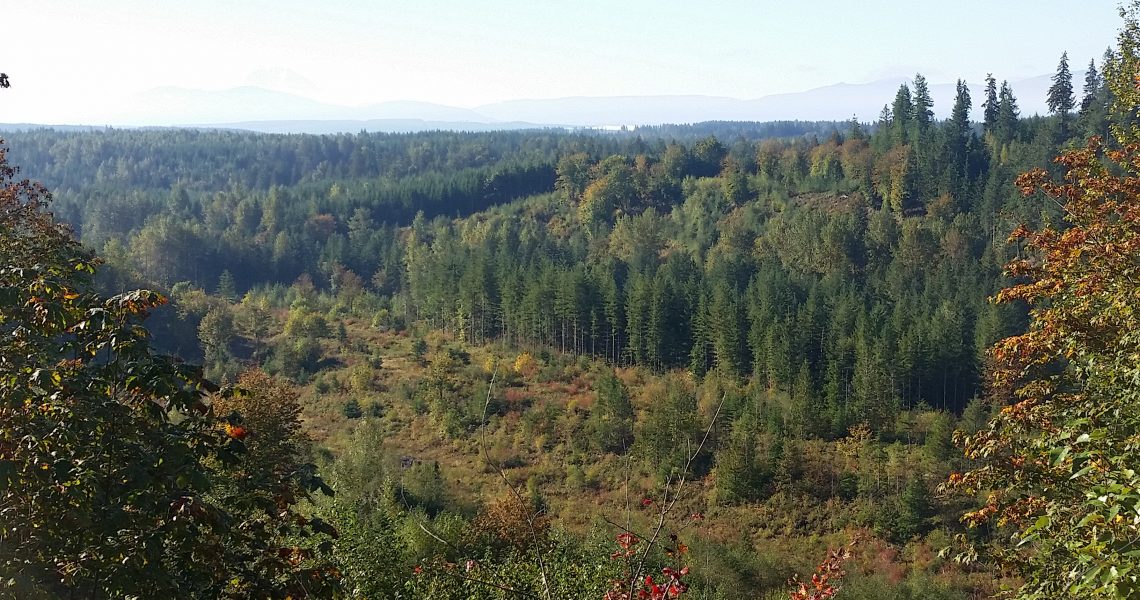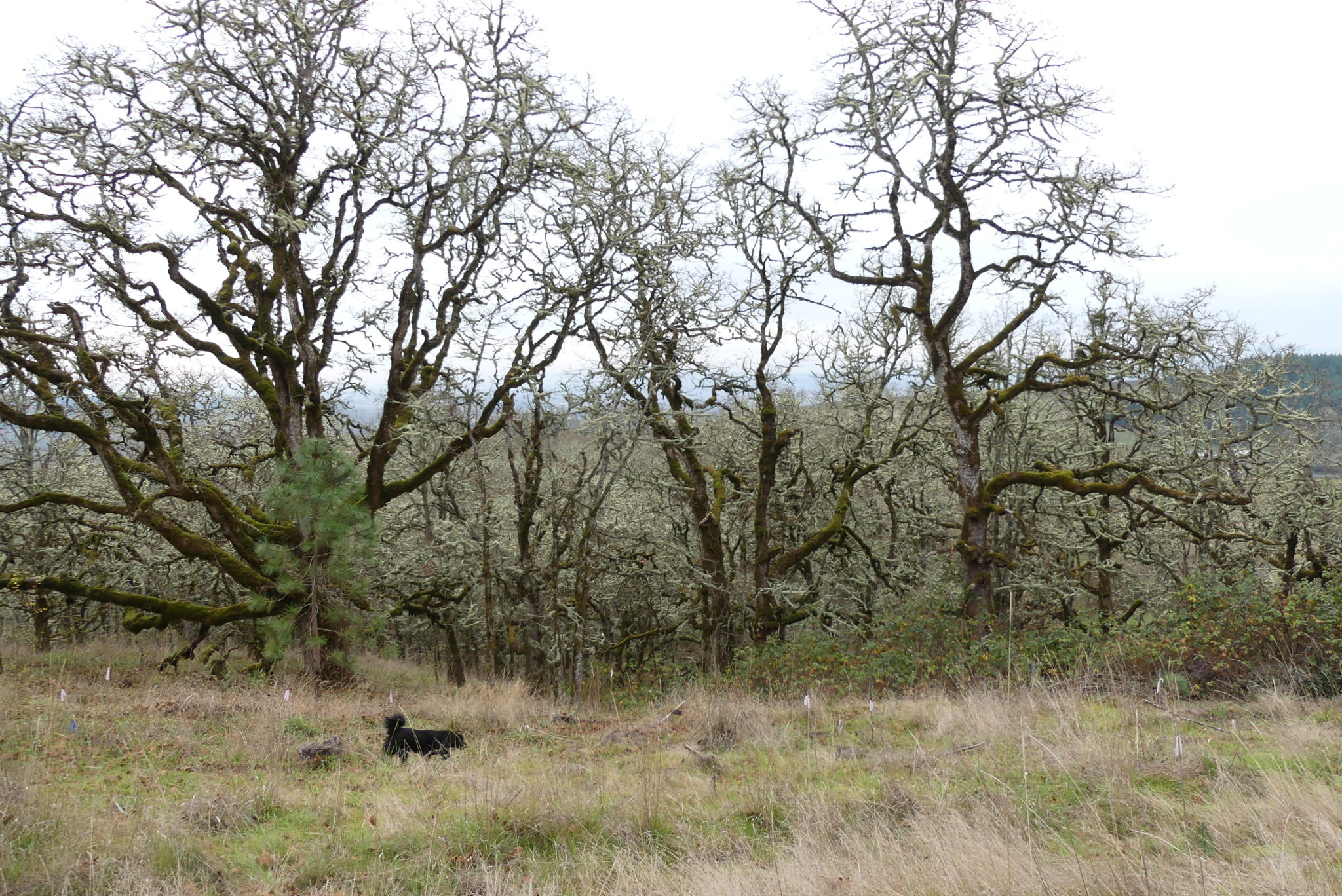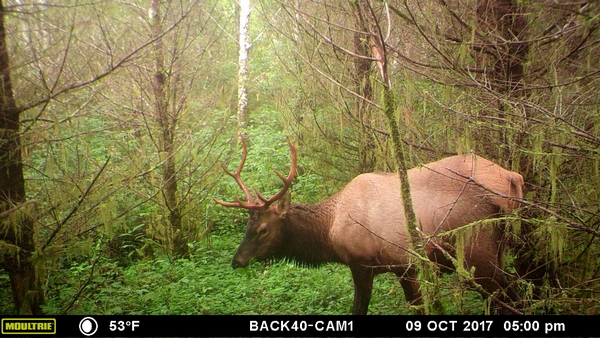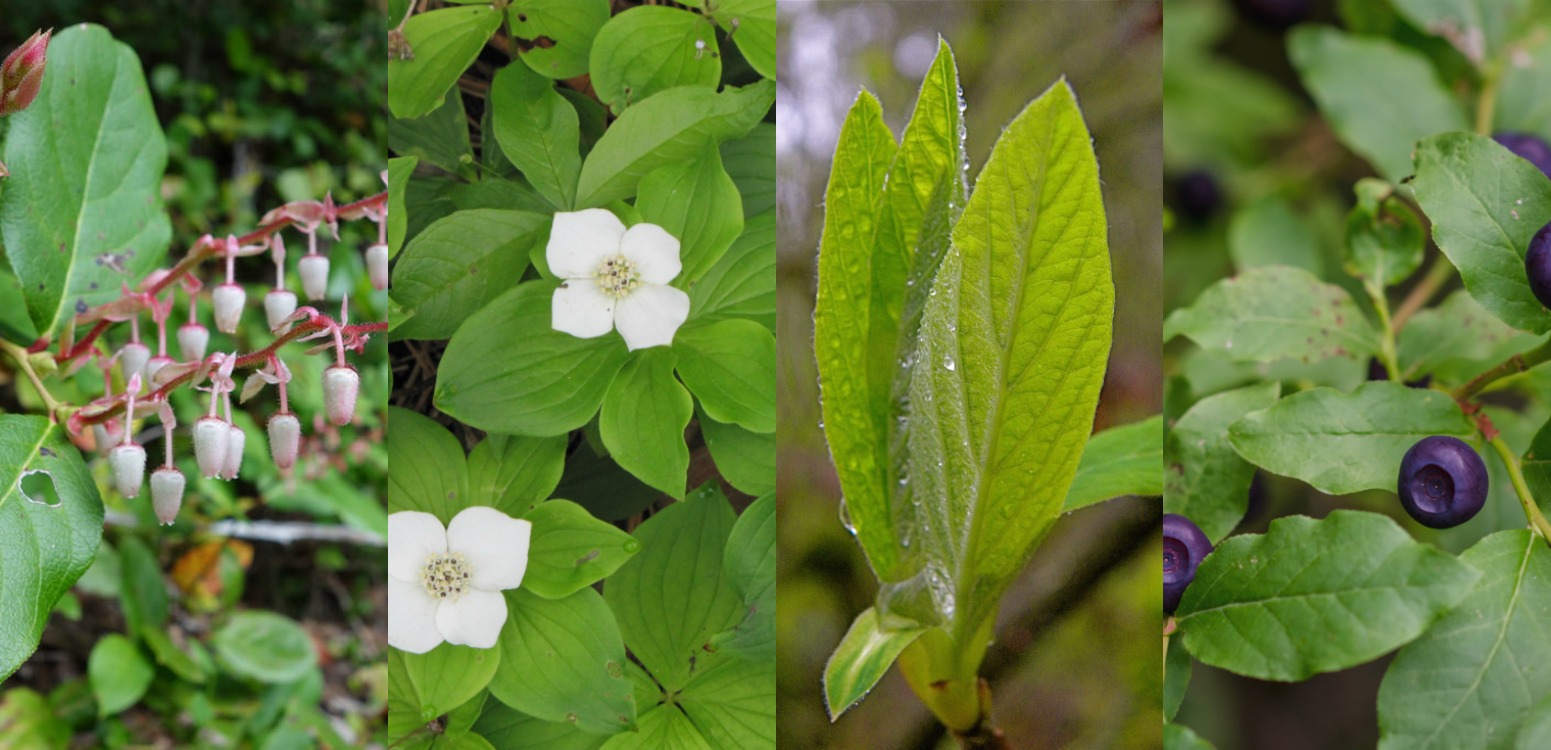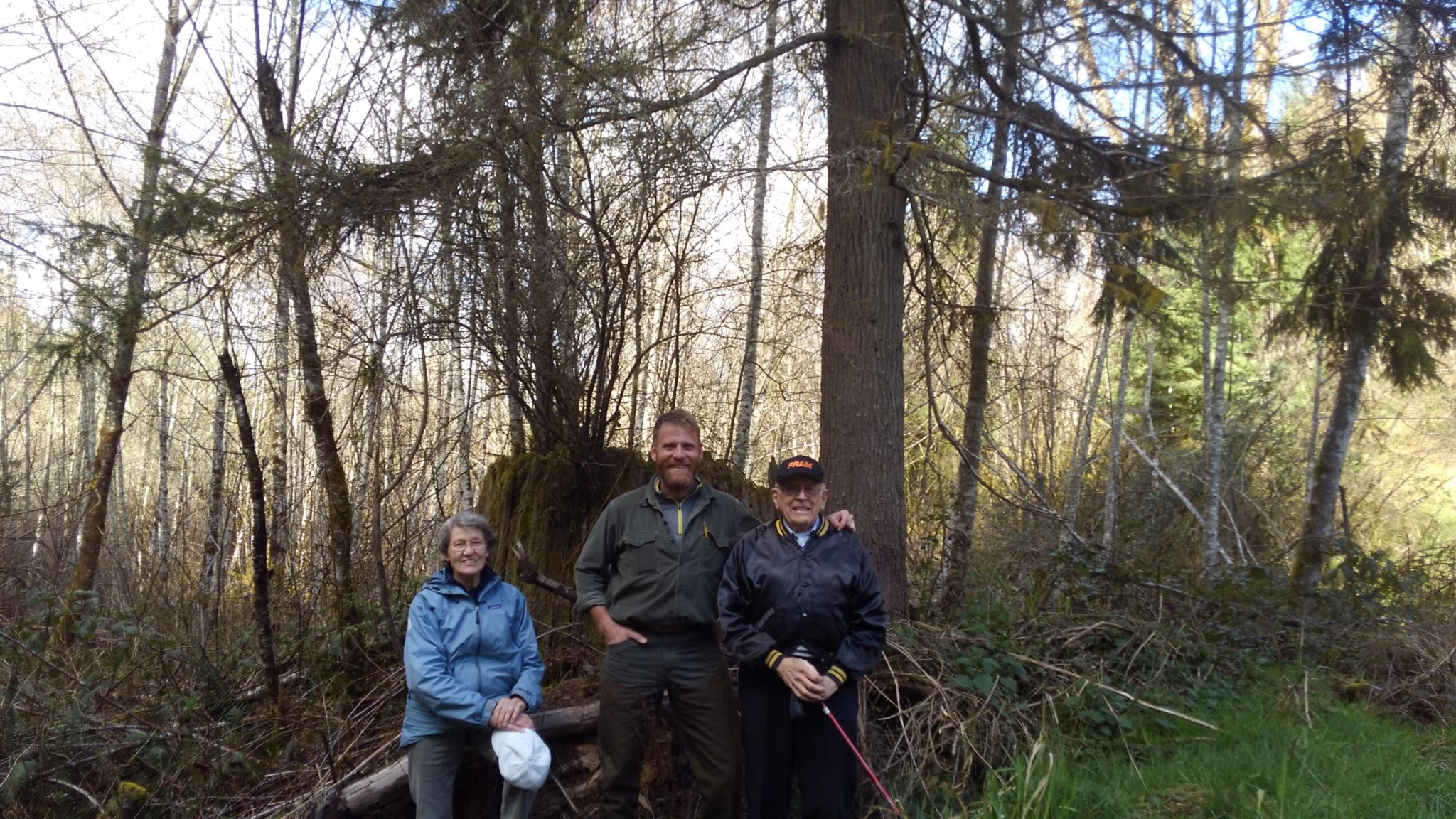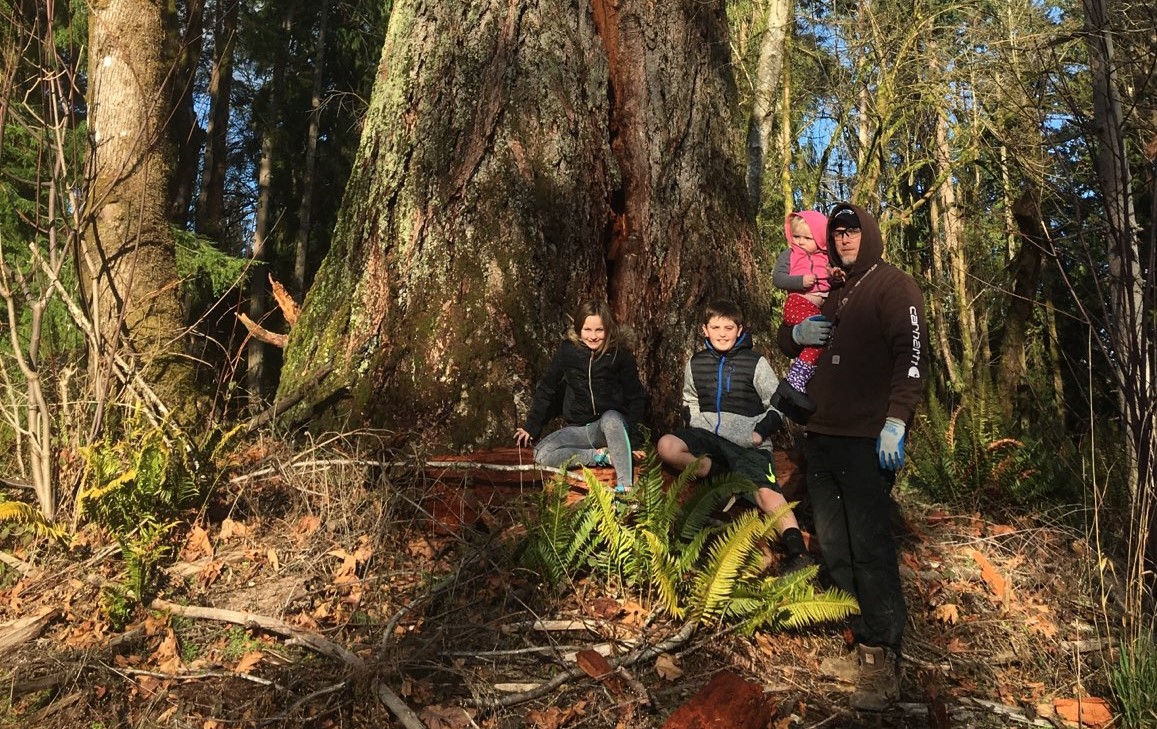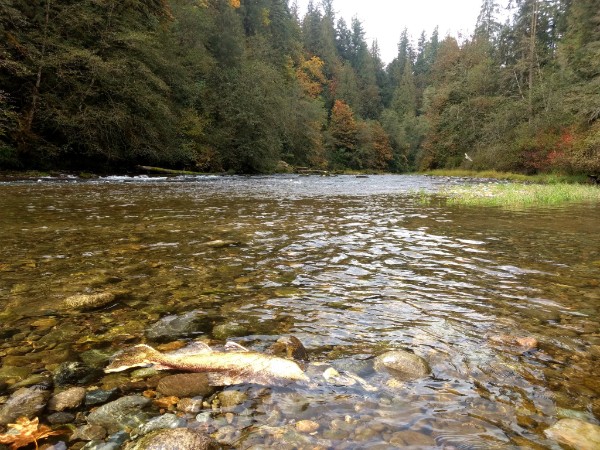Summer is the perfect time for major forest management activities like thinning trees, controlling weeds and invasives, and maintaining roads.
Workshop: Improving Forest Health and Fire Resistance in a Changing Climate – San Juan Island
At this hands-on workshop at Stillwater Ranch on San Juan Island, local and regional experts will introduce forest owners to simple, do-it-yourself strategies for thinning their forests, mitigating slash and creating value-added products.
Raising 5,200 Children by Shovel and Machete
This January the Hansons embarked on a large reforestation project on their forest near Olympia, Washington. Comprising 18 acres and 5,200 seedlings, it’s been their most ambitious planting job to date — one that has had Hanson parents, kids, and grandkids weathering much of the current pandemic from deep in the forest.
A Field Guide to Harvest Equipment
The forests of the Pacific Northwest are teeming with movement and noise—not all of it animal in origin! Stroll through an NNRG member forest undergoing an ecological harvest or thinning and you might catch a glimpse of one of these logging machines (don’t forget to wear appropriate safety-gear!).
Seeing the Forest for the Tech
Advances in tech seem to happen so rapidly it can be hard to keep up. Super-efficient heavy machinery, digital applications, remote sensing & mapping tools, and drone technology have changed the way we manage forests.
Beavers, Bobcats, and Bears, Oh My!
If a bear ambles through a forest while no one’s watching, was it really there? Thanks to wildlife cams — and our understanding of the metaphysical possibility of unperceived existence — we know that bear was really there!
Resources for Building Wildlife Nesting & Roosting Boxes
In Pacific Northwest forests, dead wood works wonders for wildlife. But when there isn’t enough naturally occurring dead wood around, you might need to do some woodworking yourself. Wood duck carefully inspecting a nesting box. Photo by Mark Biser. Snags—standing dead or dying trees—are important forest structures for cavity-dependent birds and small mammals, food sources […]
Stossel Creek Case Study: Adaptive Restoration
Climate Change in the Pacific Northwest A changing climate can lead landowners to wonder how to increase the resilience of lands and forests to changing conditions around heat and moisture. The question is no longer if the climate is changing, but rather how fast and how much – and what the impact will be on […]
Women in the Woods: Then and Now
Here we are at the beginning of National Women’s History Month, this Sunday is International Women’s Day (March 8th), and it feels like the right time to shout from the rooftops how important women are to sustaining healthy forests. That fact doesn’t change when March ends — so we promise not to stop shouting it!
Meet NNRG Forester Marcia Rosenquist!
This January NNRG was lucky enough to add Marcia Rosenquist to its forestry team. Marcia works with forest landowners to create ecological forest management plans based on their goals and objectives. She’s improving the health and resilience of Pacific Northwest forest land one small parcel at a time!
The Not-So-Open Road: Road Decommissioning at Ellsworth Creek Preserve
In forest systems, hydrology and road systems are at odds with one another. Water wants to run down slopes and avoid barriers, while roads cut across slopes and aim to stay put. Managing your road system to minimize erosion and runoff takes forethought and more than a bit of careful engineering. Kyle Smith, the Forest […]
Workshop & Field Tour: Adaptive Restoration at Stossel Creek
Join NNRG, the Mountains to Sound Greenway Trust, and partners for a workshop and forest tour focused on climate-adapted forest restoration for Pacific Northwest forests.
Out With the Fir, In With the Oak
Sarah Deumling has noticed some changes in her forest over the past 20 years.
There’s a little less water to go around, and her family’s land, Zena Forest in the Willamette Valley of Oregon, is a little hotter and drier during the summer. Why? These changes are consistent with climate models’ predictions of the way Oregon climate is shifting under the influence of global warming.
Keeping an Eye on the Back 40
Regular, rigorous monitoring is an important part of good forest stewardship. No one knows this better than Chris Goodman. Chris and his family own and take care of Back40 Quinault Forest, an aptly named 40-acre forest near Lake Quinault in Grays Harbor County. Since acquiring the forest in 2008, monitoring has been a critical component […]
2019 Accomplishments By the Numbers
2019 was a productive year for NNRG and the forests our members steward! We are so inspired by the landowners and managers in our community who worked to enhance habitat for threatened and endangered species, removed invasive species, planted a diverse array of native seedlings and shrubs, and pursued new markets for local wood products. […]
2020 Winter/Spring Native Plant Sales
The winter wet season in the Pacific Northwest is an ideal time to plant young trees and native shrubs! Planting native trees and shrubs enhances forest biodiversity by providing habitat for wildlife and forage for pollinators. It’s also a great way connect to the land and increase your aesthetic and recreational appreciation for the forest.
The Ever-Evolving Hanson Family Forest
My family recently bought a new tract of forestland near Bucoda, WA about five miles north of the town of Centralia. The land straddles a clay hill that is part of a vast ripple of prehistoric marine sediment laid down millions of years ago when this area was submerged beneath the Pacific Ocean. The soils, […]
Forestry for the Generations
Ayers’ Last Stand has roots that go four generations deep. When Matt Patton and his kids play in their forest, they’re climbing, hiding, and running around some of the same trees Matt’s great-great-grandfather knew. Matt’s kids are the sixth generation in his family to experience the forest—known as Ayers’ Last Stand—and likely not the last. […]
The (Life and) Death Cycle of the Salmon
Edit
If you’re hoping to spot salmon in the forest this season, a creek or river is your best bet. But if you limit your searches to fin-spotting at the water’s edge, you’re missing out on the full experience. Don’t forget to look to the trees.
Making a Good Co-Home
There’s a hint of expectation in the air around Lousignont Creek, located in the northern Oregon Coast Range.Sometime in the next two months, adult coho salmon will appear as if out of nowhere and struggle upstream in search of suitable gravel for spawning.

